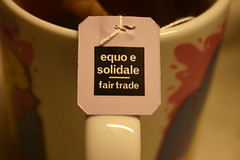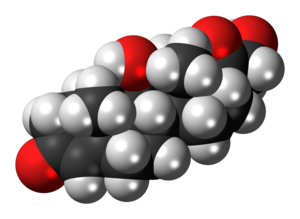1. What does a detox cleanse do?
| Organs of the digestive system (Photo credit: Wikipedia) |
- Cleansing generally refers to the digestive tract, but the ultimate intention of a cleanse is to bring health to the whole body.
- The digestive organs are responsible for filtering toxins and other harmful substances out of the bloodstream. Giving these organs a rest helps them to heal and do their job more effectively.
- By ceasing to take in chemicals or other toxins, the body has a chance to rid itself of them, and will do a better job of filtering once the cleanse is completed.
- The primary organs involved in everyday body detoxification are the colon, liver, and kidneys, but many other organs, such as the skin, lungs, and more are also involved.
- In our modern age, these organs are faced with a daily onslaught of chemicals, from pesticides on food and clothing to industrial pollution and food additives (such as preservatives, colors, or artificial flavors).
- Unfortunately, such foreign substances are often stored, usually in fatty tissue or in the liver, as the body does not know what to do with them. A continual replenishment of the toxins from our daily exposure means that these organs never get any "down" time.
- Some health experts believe that the toxins build up in the system, causing a wide range of unpleasant but vague symptoms. Still others note the "mucoid plaque" build-up in the intestines, claiming its presence as a cause for all sorts of disease.
| Healthy foods can help the body detox. (Photo credit: epSos.de) |
- A cleanse gives the body a chance to release these toxins. It frees up the colon, liver and kidneys from the daily assault of toxins ingested with foods and alcohol. Cleanses usually result in some weight loss, so the toxins stored in the fatty tissue are flushed from the body.
- Fasting is a usually component of all cleansing, whether it is targeted toward the kidneys, colon, or liver.
- Sometimes, supplements are used to augment the cleanse. Psyllium husks and bentonite clay are popular detoxification supplements that act as bulk laxatives, and are said to bind to poisons in the body as they move along the digestive tract.
- Some people take probiotics while undergoing a cleanse, in order to re-populate the colon with friendly, helpful bacteria that may be lacking due to toxic build-up, or previous use of antibiotics.
- Supplements aren't always necessary during a cleanse, but can often be helpful.
Our favorite cleanse program doesn't involve any supplements or weird juice diets - it focuses on feeding your body whole, natural, clean foods that give it the tools to detoxify gently and safely. Check out The Total Wellness Cleanse for more information.


















